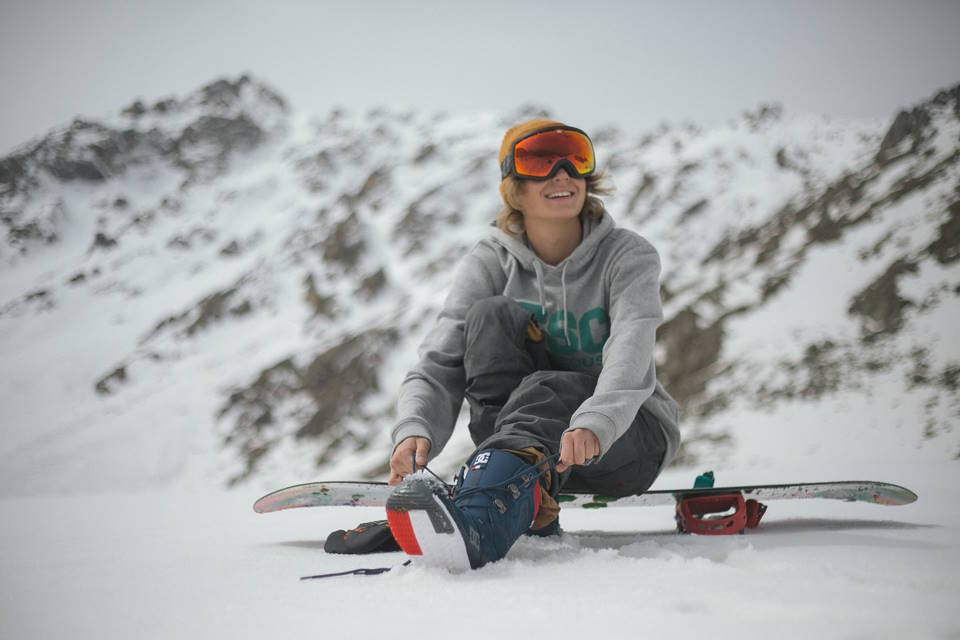Are you itching to hit the slopes but can’t make it to the mountains just yet? Not to worry, because you can still develop your snowboarding skills right at home! In this blog post, we’ll be discussing how to practice snowboarding without leaving your house. We’ll go over everything from setting up the space and the equipment you’ll need, to basic snowboarding techniques and safety precautions to keep in mind. Whether you’re a complete beginner or a seasoned boarder, these tips will help you stay in peak form and get ready for an epic snowboarding season ahead. So, grab your gear and get ready to carve and shred without ever leaving the comfort of your home!Learn how to set up your snowboarding space, the essential equipment needed, basic techniques, and important safety precautions for a safe and enjoyable experience on the slopes.
Setting up the space
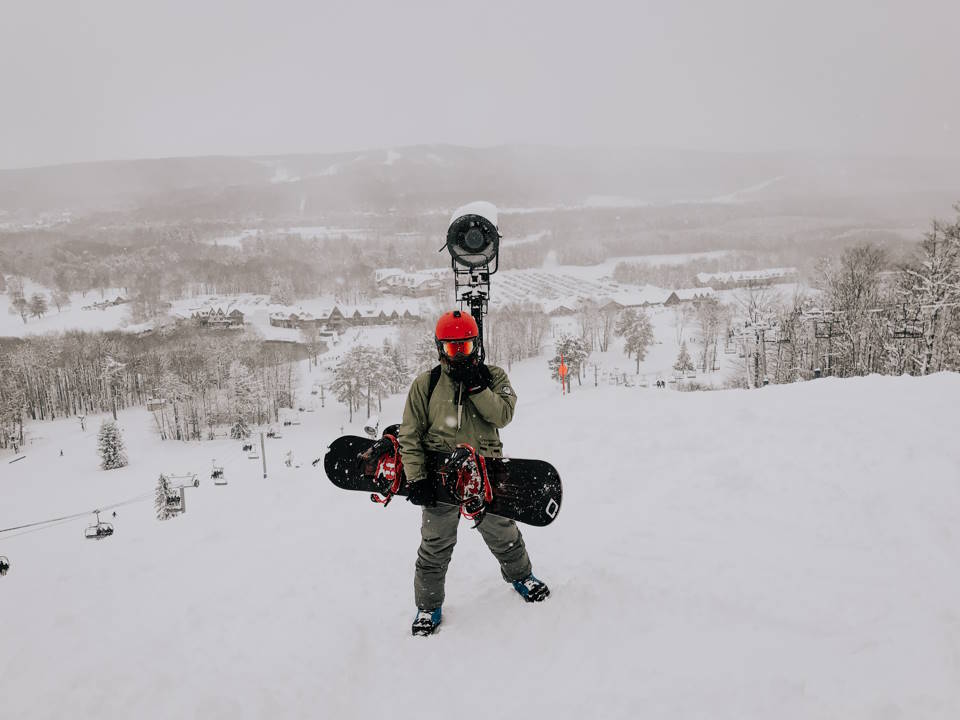
When setting up the space for at-home snowboarding practice, it’s important to ensure you have enough room to move around freely. Choose a space with a smooth, flat surface and clear any obstacles or furniture that could get in the way. It’s also helpful to have a mirror nearby, so you can watch your form and technique as you practice.
Consider the lighting in the space as well. Natural light is best, but if you’re practicing in the evening or in a basement, make sure you have good overhead lighting to illuminate the area. This will help you see and avoid any potential hazards as you work on your skills.
Another important aspect of setting up the space is to have a designated area for storing your snowboard and other equipment. This will help keep everything organized and easily accessible for your practice sessions. Consider installing a wall rack or using a sturdy stand to keep your board off the ground and out of the way when not in use.
Lastly, make the space inviting and motivational. Decorate the area with snowboarding posters, photos, or memorabilia to help inspire you and keep your passion for the sport alive, even when practicing at home.
Equipment needed
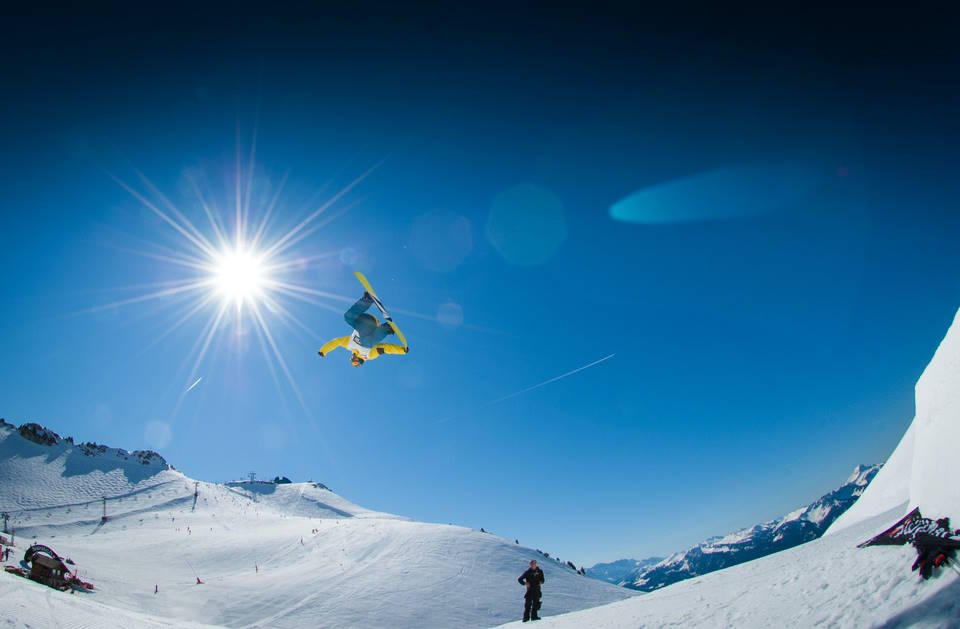
When practicing snowboarding at home, it is important to have the right equipment to ensure a safe and effective workout. One of the most important pieces of equipment is the snowboard itself. Make sure to choose a board that is appropriate for your skill level and height. Additionally, you will need boots that fit comfortably and securely into the bindings of the snowboard. It is also essential to have bindings that are compatible with your boots and provide a stable connection to the board.
Another important piece of equipment is a good quality helmet. Safety should always be a priority, and wearing a helmet can prevent serious head injuries in the event of a fall. Additionally, goggles are essential for protecting your eyes from the sun, wind, and snow while practicing snowboarding at home.
Apparel is also an important consideration when practicing snowboarding at home. Wear layers to stay warm and dry, and choose clothing that allows for freedom of movement. It is also important to wear protective padding on elbows, knees, and wrists to prevent injuries during falls.
Finally, make sure to have a suitable practice area in your home, such as a spacious room or garage. This will ensure that you have enough space to move around and practice different techniques without the risk of hitting obstacles or furniture. With the right equipment and practice space, you can effectively improve your snowboarding skills at home.
Basic snowboarding techniques
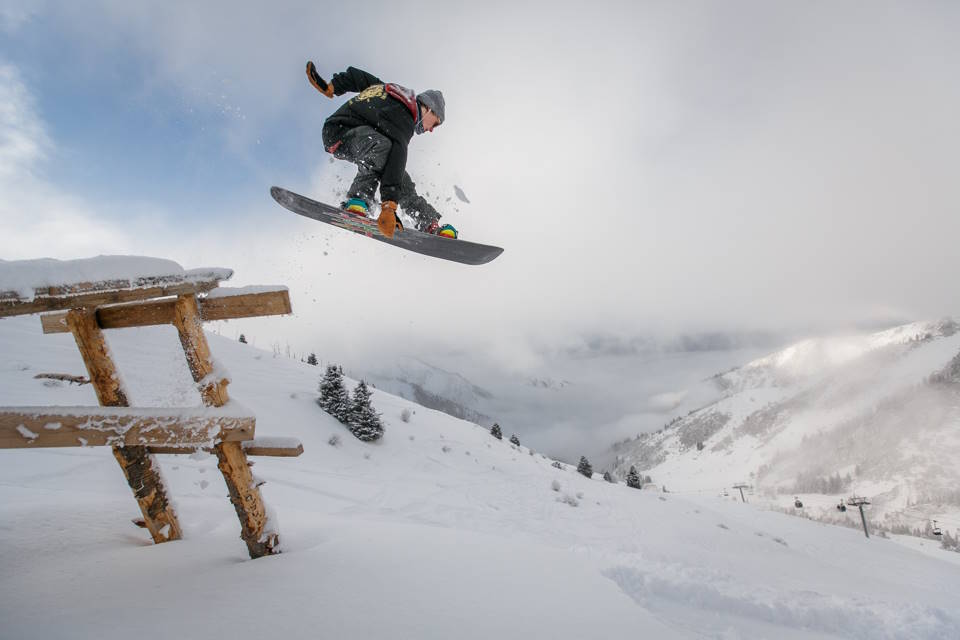
Choosing the Right Stance: When it comes to snowboarding, finding the right stance is crucial. Most beginners find it easier to start with a regular stance, which means leading with the left foot. However, some may prefer a goofy stance, leading with the right foot. Experiment with both to see which feels more natural for you.
Balancing and Flexing: Maintaining balance on a snowboard is all about staying centered and flexing your knees and ankles. When riding, keep your hips and shoulders parallel to the board and distribute your weight evenly. Flexing your knees and ankles will help absorb shocks and keep you stable as you navigate the slopes.
Turning Techniques: Learning to turn is a fundamental skill in snowboarding. To initiate a basic turn, shift your weight onto your front foot and tilt the board in the direction you want to go. As you start to turn, use your back foot to guide the board’s movement and keep your body aligned with the board to maintain control.
Braking and Stopping: Braking and stopping are essential techniques for maintaining safety on the slopes. To slow down, gently shift your weight back onto your rear foot to create friction between the board and the snow. If you need to stop completely, dig the edge of your board into the snow while leaning back to come to a controlled halt.
Safety precautions
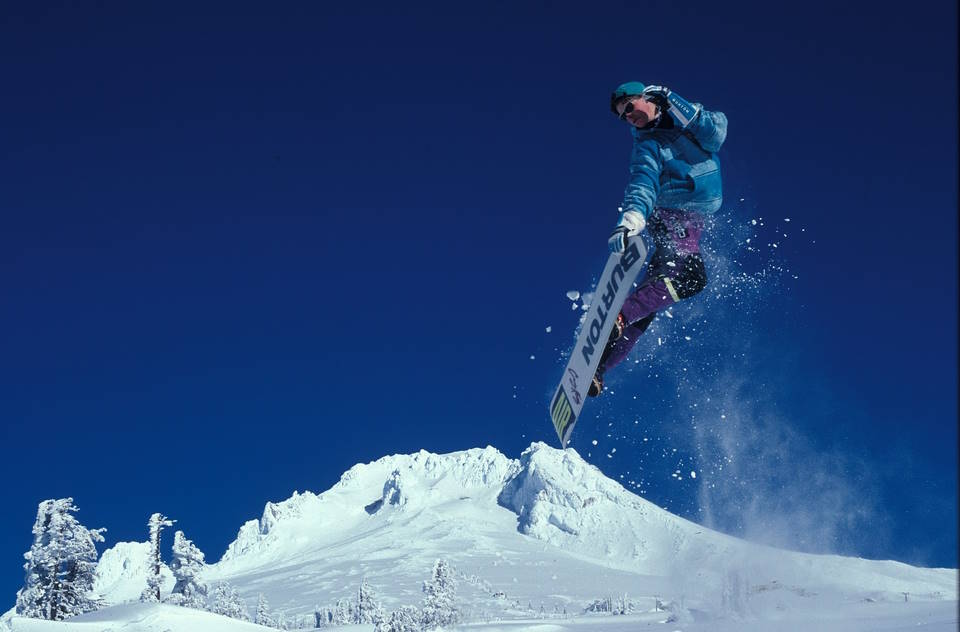
When practicing snowboarding at home, it’s important to take safety precautions to prevent any potential injuries. One of the most important safety precautions to take is to ensure that the area where you will be practicing is clear of any obstacles or hazards. This means removing any furniture or objects that could pose a risk of collision. Additionally, it’s essential to have a clear and open space to practice your snowboarding techniques without any obstructions.
Another crucial safety precaution to take is to ensure that the equipment you will be using is in good condition. This includes checking your snowboard for any damage or wear and tear, as well as making sure that your bindings are secure. It’s also important to wear appropriate safety gear such as a helmet, wrist guards, and knee pads to protect yourself in case of any falls or accidents.
It’s also recommended to have a spotter or a partner with you while practicing at home, especially if you’re a beginner. Having someone to assist you and provide help in case of an emergency is an important safety measure. Additionally, it’s important to start with basic techniques and gradually progress to more advanced maneuvers as you gain confidence and skill.
Lastly, it’s crucial to warm up and stretch before practicing snowboarding at home to prevent muscle strains and injuries. Taking the time to properly warm up and prepare your body for the physical demands of snowboarding can help reduce the risk of accidents and improve your overall performance.

